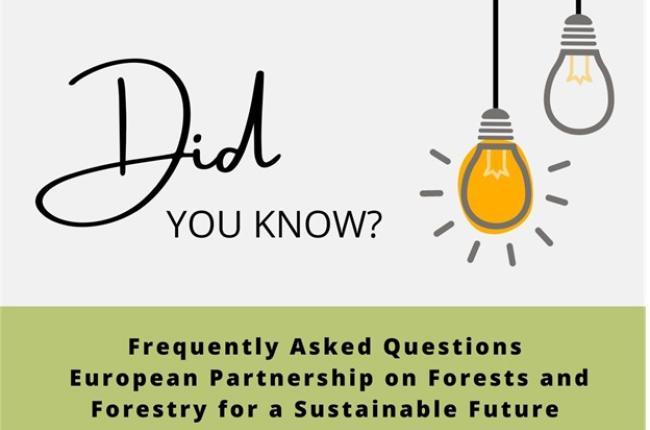The Carbon Removals Certification Framework (CRCF) sets a long-awaited EU regulatory landscape for voluntary and market-based carbon farming schemes for forestry. At the same time, it is a potential tool of financial support for the adaptation of forests to climate change.
“This framework should set promising additional avenues where private forest owners can contribute to climate change mitigation. Forest owners firmly believe that the attractiveness of voluntary schemes under this Framework should stem from streamlined, simple rules and conditions, recognising geographical charcteristics of European forests and their management. However, the Parliament’s position comes short on recognising the role of Sustainable Forest Management in delivering multiple ecosystem services, and supports a number of limiting factors which could hinder the successful uptake of this instrument. ” – said Dániel Komlós, Policy Advisor of CEPF.
Carbon removals sequestration by forestry is rightly labelled as a major pillar of the CRCF. However, the adopted text comes short to recognise the local circumstances in which European forestry operates. Strict sustainability objectives linked to the corresponding Taxonomy delegated acts – provisions which are not fully negotiated yet - risk to limit the uptake of this much needed framework. At the same time, anchoring carbon removals under a legally-binding national LULUCF targets in the post-2030 EU climate framework would be counterproductive and discouraging in a context where the achievement of national targets under LULUCF Regulation are already projected to come short[1].
The inclusiveness of the CRCF eligibility criteria should be reflected in the palette of eligible forest types. The exclusion of certain types of forests must be justified with precise definitions with regard to their biogeographical, social-economic character, the duration of the rotation cycle and use. A broadly defined concept risks to exclude valuable forests of one or two dominant tree species which is a lost opportunity for EU-wide climate change mitigation efforts.
As the proposal continues its legislative journey in the trilogue negotiations, forest owners trust that the Council’s negotiating mandate, adopted by COREPER I. on November 17th, will be crucial to navigate towards a more balanced interinstitutional agreement.
For more information, contact:
Dániel Komlós,
CEPF Policy Advisor
[1] Korosuo, A., Pilli, R., Abad Viñas, R., Blujdea, V.N., Colditz, R.R., Fiorese, G., Rossi, S., Vizzarri, M. and Grassi, G., 2023. The role of forests in the EU climate policy: are we on the right track?. Carbon Balance and Management, 18(1), pp.1-14.




